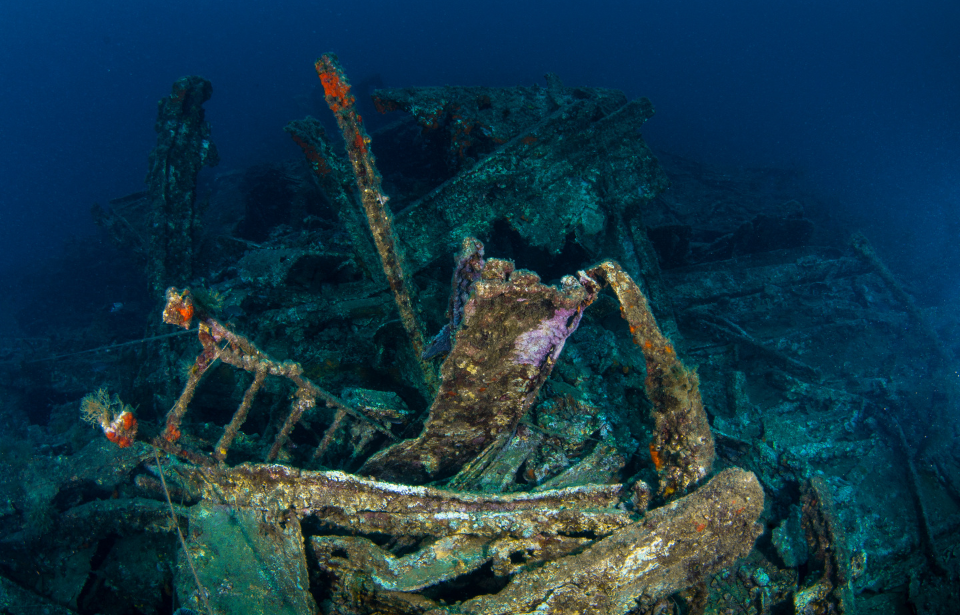Researchers and the public alike have been fascinated with the mythical underwater city of Atlantis for years. While they have yet to find it, there is another ancient city that has piqued plenty of interest. Doggerland is an 8,000-year-old city hidden in the North Sea’s watery depths. Here’s everything you need to know about this fascinating abandoned city.
Suspicious findings
The area in question became slightly suspicious in the late 1800s. Although there was no formal confirmation that there had been a human settlement in the area, there were certainly many different finds which indicated there could have been.
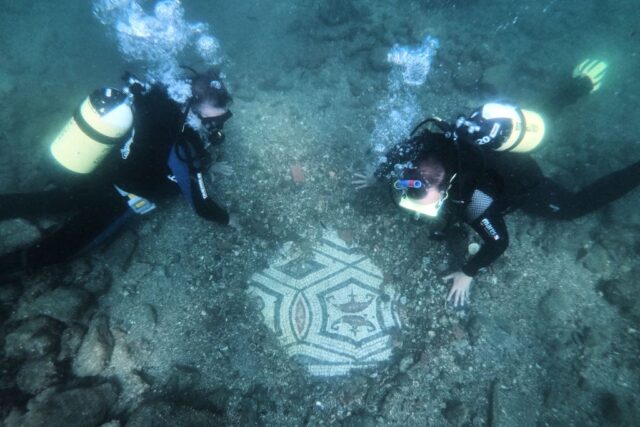
Between then and the late 1990s, people found various different items – plants, Neolithic flint, peat with a barbed antler – that indicated that this place had certainly been something. As early as 1915, it was recognized as an area of great archaeological importance.
Known existence
Divers certainly confirmed this settlement’s existence in a unique way. In 1999 a team was carrying out a routine survey of the area when they spotted a lobster on the seabed. When they looked closer, they realized the lobster was moving fragments out of their burrow.
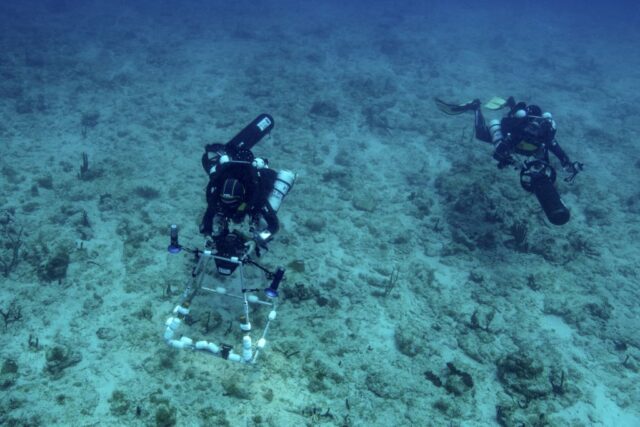
They turned out to be numerous pieces of worked flint, indicating that where they were investigating was likely once a human settlement. This theory was only bolstered when a series of trimmed timbers were found, appearing as if they had once been part of a boatyard.
8,000-year-old wood
These pieces of wood proved to be far more important than they looked. When investigated further by the Maritime Archaeological Trust, they were determined to be 8,000 years old. Their preservation was thanks to being covered by water and silt.
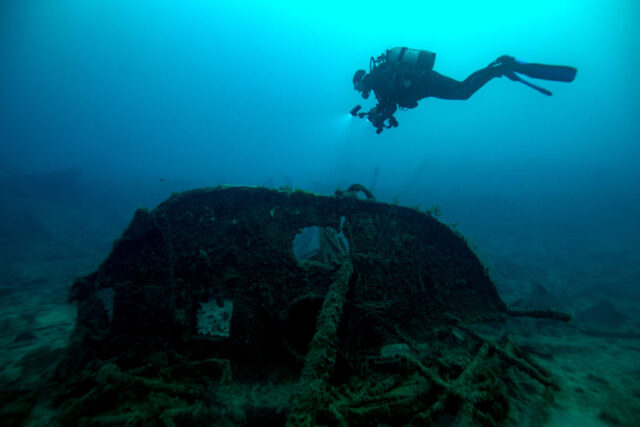
Once, they would have sat on the ground above the surface, but when the sea levels rose, they became trapped in an oxygen-free environment that helped keep them in good condition. They are only discoverable now because the same landscape that once preserved them has started to erode.
Unequivocal proof
In 2007, archaeologists finally got unequivocal proof that humans had once occupied this piece of submerged land. After further excavations were conducted in the area, a team from Hampshire and Wight Trust for Maritime Archaeology made a fantastic find.
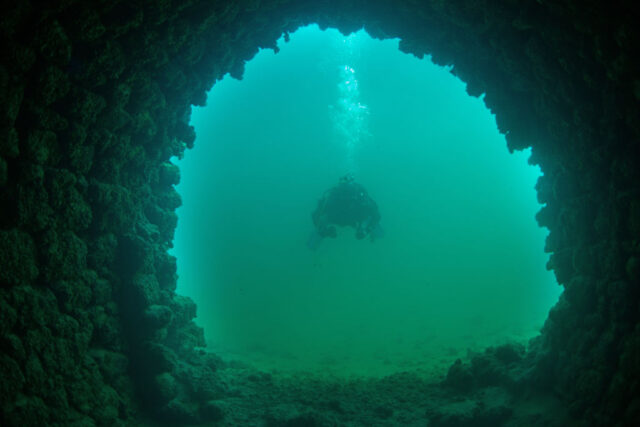
Balanced precariously from the edge of an underwater cliff were two ancient hearths that had been used industriously by those who made them. According to the team lead for this discovery, this gave them “unequivocal evidence of human activity at the site.”
Finding Doggerland
So what, exactly, is this settlement called? Doggerland. It was once a land bridge that connected what is now the United Kingdom to modern Europe. Based on the research that has been conducted so far, it was full of human habitation during the Mesolithic era.
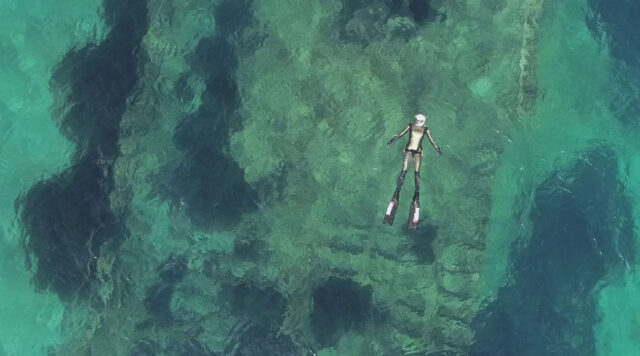
It was populated by hunter-gatherers who lived nomadic lives for many years until sometime between 6500 and 6200 BCE when sea levels rose and the land was completely flooded. This is why all the evidence of this civilization was found located underwater just off the coast of the Isle of Wight.
The only one of its kind
One of the most fantastic elements of this site is that it’s the only one of its kind in the entirety of the UK. Not only that, but it is also believed to be the oldest boat-building site in the world. It’s no wonder that numerous artifacts from this special place were eventually put on display.
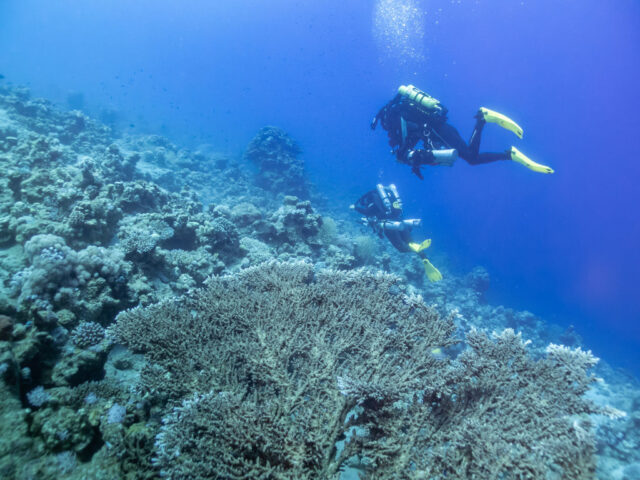
At the Rijksmuseum van Oudheden, the exhibition Doggerland: Lost World in the North Sea featured 200 objects – everything from hyena droppings, Neanderthal skull fragments, and arrowheads – all of which were found in the underwater settlement.
More from us: American Civil War-Era Hospital and Cemetery Discovered In the Florida Keys
While there have been many fantastic finds at the site so far, investigations are far from over. There are continued efforts to map Doggerland in its entirety, in addition to excavation work.
